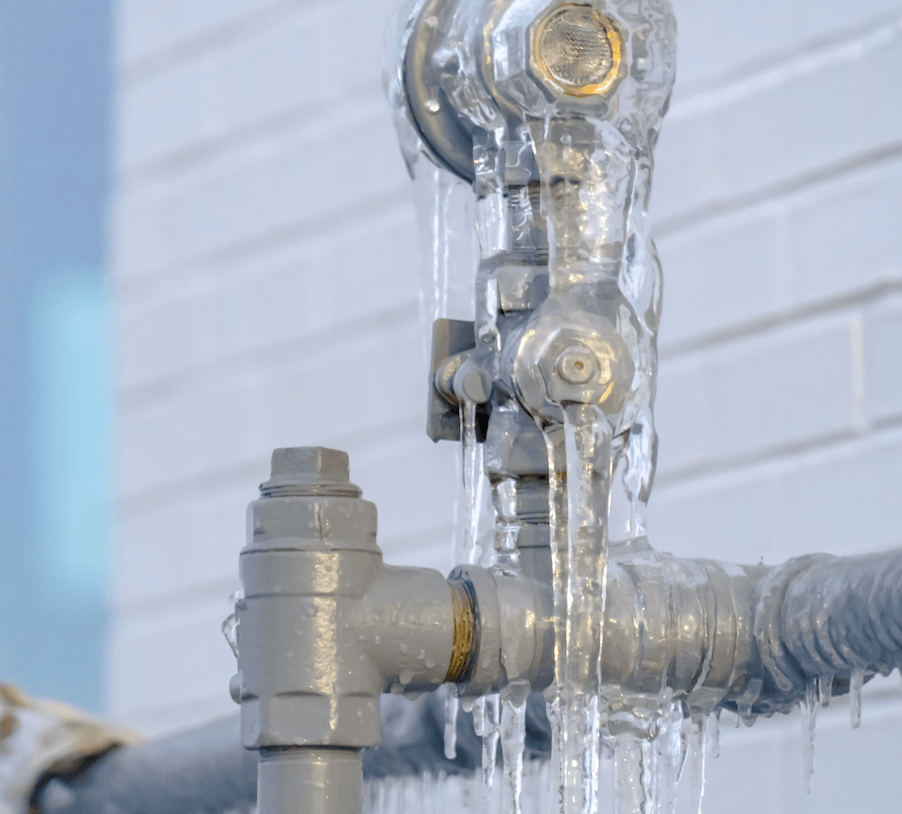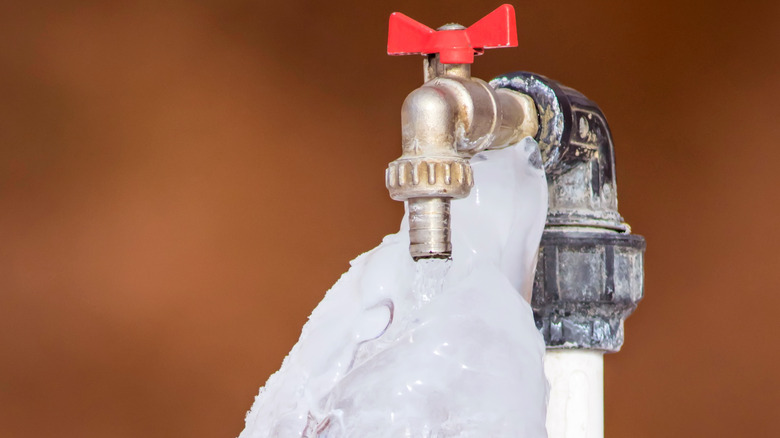Protecting Your Pipes from Cold Weather: Top Tips
Protecting Your Pipes from Cold Weather: Top Tips
Blog Article
Each person will have their own unique conception when it comes to Helpful Tips to Prevent Frozen Pipes this Winter.

Cold weather can wreak havoc on your plumbing, specifically by freezing pipes. Right here's how to stop it from taking place and what to do if it does.
Intro
As temperature levels decrease, the risk of frozen pipes boosts, potentially bring about pricey repairs and water damage. Recognizing how to stop icy pipelines is essential for homeowners in cold climates.
Comprehending Frozen Pipelines
What creates pipelines to ice up?
Pipelines freeze when exposed to temperature levels listed below 32 ° F (0 ° C) for prolonged durations. As water inside the pipelines freezes, it increases, taxing the pipe wall surfaces and potentially creating them to rupture.
Threats and problems
Icy pipes can bring about water disturbances, property damages, and pricey fixings. Ruptured pipes can flood homes and trigger substantial structural damages.
Indications of Frozen Piping
Recognizing icy pipes early can stop them from breaking.
Exactly how to identify icy pipelines
Try to find decreased water circulation from taps, uncommon smells or noises from pipes, and visible frost on revealed pipelines.
Prevention Tips
Protecting at risk pipes
Wrap pipelines in insulation sleeves or make use of warmth tape to safeguard them from freezing temperatures. Concentrate on pipelines in unheated or exterior areas of the home.
Heating methods
Maintain interior areas sufficiently warmed, particularly areas with plumbing. Open cupboard doors to enable cozy air to flow around pipelines under sinks.
Shielding Exterior Pipes
Garden hose pipes and exterior taps
Detach and drain yard hose pipes prior to wintertime. Install frost-proof faucets or cover outdoor faucets with insulated caps.
What to Do If Your Pipelines Freeze
Immediate activities to take
If you presume icy pipelines, keep faucets open up to relieve stress as the ice thaws. Use a hairdryer or towels soaked in hot water to thaw pipelines gradually.
Long-Term Solutions
Structural changes
Take into consideration rerouting pipelines far from exterior walls or unheated locations. Add added insulation to attics, cellars, and crawl spaces.
Upgrading insulation
Invest in high-quality insulation for pipelines, attic rooms, and wall surfaces. Proper insulation helps keep consistent temperatures and lowers the risk of icy pipes.
Final thought
Stopping frozen pipes calls for positive measures and quick actions. By recognizing the causes, indicators, and preventive measures, property owners can shield their pipes during cold weather.
5 Ways to Prevent Frozen Pipes
Drain Outdoor Faucets and Disconnect Hoses
First, close the shut-off valve that controls the flow of water in the pipe to your outdoor faucet. Then, head outside to disconnect and drain your hose and open the outdoor faucet to allow the water to completely drain out of the line. Turn off the faucet when done. Finally, head back to the shut-off valve and drain the remaining water inside the pipe into a bucket or container. Additionally, if you have a home irrigation system, you should consider hiring an expert to clear the system of water each year.
Insulate Pipes
One of the best and most cost-effective methods for preventing frozen water pipes is to wrap your pipes with insulation. This is especially important for areas in your home that aren’t exposed to heat, such as an attic. We suggest using foam sleeves, which can typically be found at your local hardware store.
Keep Heat Running at 65
Your pipes are located inside your walls, and the temperature there is much colder than the rest of the house. To prevent your pipes from freezing, The Insurance Information Institute suggests that you keep your home heated to at least 65 degrees, even when traveling. You may want to invest in smart devices that can keep an eye on the temperature in your home while you’re away.
Leave Water Dripping
Moving water — even a small trickle — can prevent ice from forming inside your pipes. When freezing temps are imminent, start a drip of water from all faucets that serve exposed pipes. Leaving a few faucets running will also help relieve pressure inside the pipes and help prevent a rupture if the water inside freezes.
Open Cupboard Doors
Warm your kitchen and bathroom pipes by opening cupboards and vanities. You should also leave your interior doors ajar to help warm air circulate evenly throughout your home.

We were made aware of that editorial about How To Avoid Freezing Pipes through a buddy on a different web blog. Are you aware of someone else who is interested by the topic? Please feel free to promote it. Thank you for being here. Kindly visit our blog back soon.
Click Here Report this page